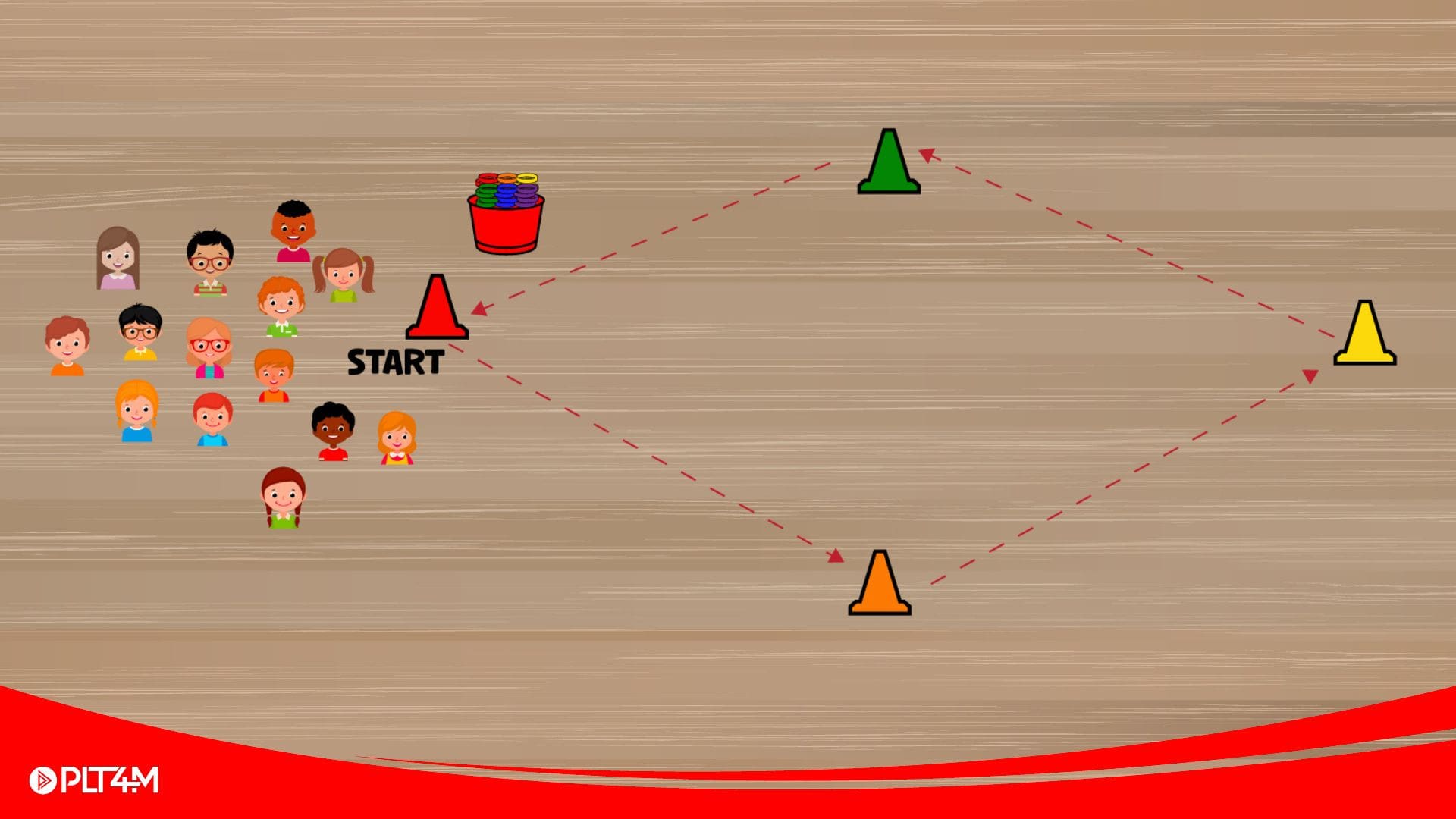[vc_row][vc_column][vc_column_text]
 We feel “guilty” about eating for the “wrong” reason, so we try to “buckle down” and try harder by avoiding certain foods or making rigid meal plans. But that often only leaves us feeling more out of control and we swing back to eating for human reasons. And we swing back and forth.
The goal is to try to find a balance where we’re honoring our body as well as “who” we are as people.
Often when people hear this, a light bulb goes off. It makes sense, right? But how to find this balance takes practice. It can be helpful to use your senses to guide the process. [/vc_column_text][/vc_column][/vc_row][vc_row][vc_column][vc_column_text]When you’re interested in eating, ask yourself, what part of me is hungry?
We feel “guilty” about eating for the “wrong” reason, so we try to “buckle down” and try harder by avoiding certain foods or making rigid meal plans. But that often only leaves us feeling more out of control and we swing back to eating for human reasons. And we swing back and forth.
The goal is to try to find a balance where we’re honoring our body as well as “who” we are as people.
Often when people hear this, a light bulb goes off. It makes sense, right? But how to find this balance takes practice. It can be helpful to use your senses to guide the process. [/vc_column_text][/vc_column][/vc_row][vc_row][vc_column][vc_column_text]When you’re interested in eating, ask yourself, what part of me is hungry?
Unpacking Emotional Eating
There’s nothing like a little uncertainty to launch us into a rollercoaster of emotions. One moment we’re feeling great and hopeful and the next we’ve lost our footing as events we looked forward to are changed, postponed, or canceled. The rhythm, schedule, and predictability of our lives have shifted a bit. Some people turn to food as a way to find solid ground and distract themselves from frustration and anger. Still others struggle to eat as their anxiety takes away their appetite and interest in food. In this series we’re going to unpack what emotional eating is, what you can do about it, and some steps you can take if you’ve lost your appetite altogether. [/vc_column_text][/vc_column][/vc_row][vc_section][vc_row][vc_column][vc_column_text]Why We Eat
In our full Nutrition 101 Ebook, we spent a lot of time understanding the chemistry behind food and how it affects the body. Food supports growth and development, gives us energy from macronutrients, provides vitamins and minerals, and helps our body heal and repair. The foods we often talk about that support those functions are the food groups – fruits, vegetables, dairy, grains, proteins etc. But what are the reasons we eat that have nothing to do with our body? This is usually the part where everyone goes quiet because they’re not sure if it’s “ok” to eat for anything other than their physical health. But food is a significant part of what it means to be human – it’s what connects us and creates community. We often eat because….- We’re happy and celebrating…
- We’re bored and need something to do…
- We’re sad and want something to help us feel better…
- We’re stressed or anxious and need a break from our thoughts…
- We’re lonely and want connection…
- It’s a habit and just something we do…
- We see someone else eating and want to connect…
- We’re watching a movie…
- We need a break from our work…
- We need a break from our mind…
- For pleasure….because IT TASTES GOOD!
 We feel “guilty” about eating for the “wrong” reason, so we try to “buckle down” and try harder by avoiding certain foods or making rigid meal plans. But that often only leaves us feeling more out of control and we swing back to eating for human reasons. And we swing back and forth.
The goal is to try to find a balance where we’re honoring our body as well as “who” we are as people.
Often when people hear this, a light bulb goes off. It makes sense, right? But how to find this balance takes practice. It can be helpful to use your senses to guide the process. [/vc_column_text][/vc_column][/vc_row][vc_row][vc_column][vc_column_text]When you’re interested in eating, ask yourself, what part of me is hungry?
We feel “guilty” about eating for the “wrong” reason, so we try to “buckle down” and try harder by avoiding certain foods or making rigid meal plans. But that often only leaves us feeling more out of control and we swing back to eating for human reasons. And we swing back and forth.
The goal is to try to find a balance where we’re honoring our body as well as “who” we are as people.
Often when people hear this, a light bulb goes off. It makes sense, right? But how to find this balance takes practice. It can be helpful to use your senses to guide the process. [/vc_column_text][/vc_column][/vc_row][vc_row][vc_column][vc_column_text]When you’re interested in eating, ask yourself, what part of me is hungry?
- Is it my stomach? Does my body need fuel? How can I create a balanced meal?
- Is it my mind? Do I need a break from thinking?
- Is it my eyes? Did I just see food on the counter or see someone eating and now I want it too?
- Is it my mouth? Am I just looking for a certain taste or texture?
- Is it my hands? Am I looking to keep my hands busy?
- Is it my heart? Am I sad or lonely and need comfort?








